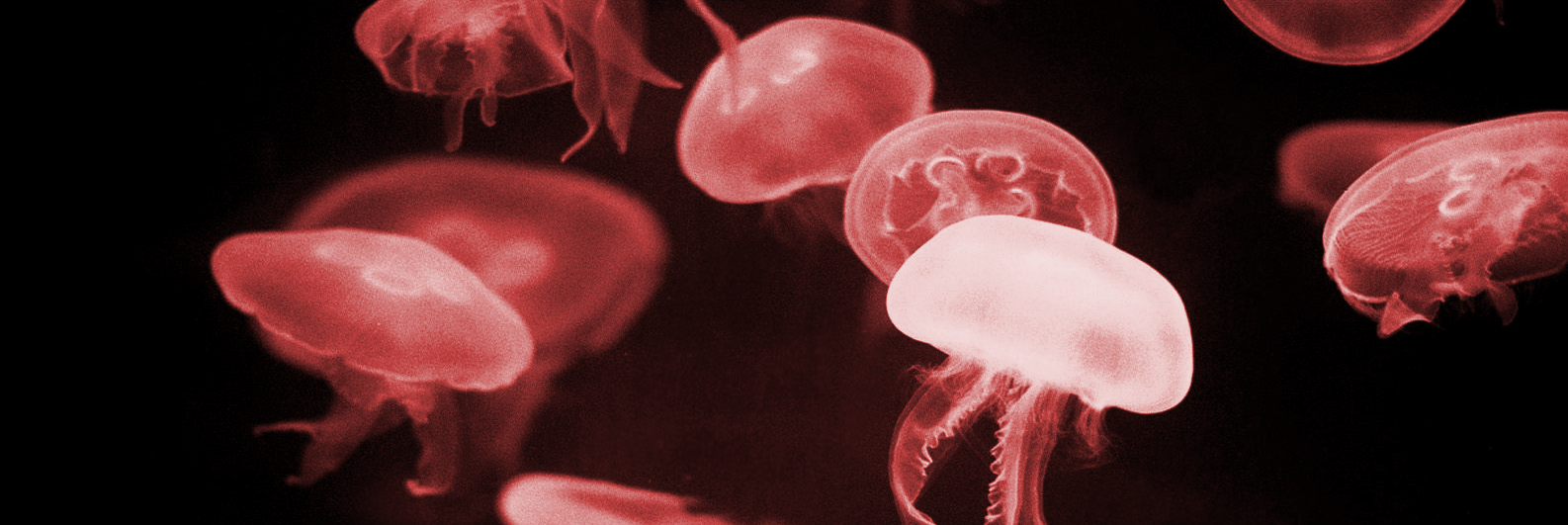The intermediate-redshift Universe (z<1)
During my PhD at the University of Nottingha, I got involved in EDisCS, an ESO Distant Cluster Survey that aims at studying the evolution of cluster populations over more than 50% of cosmic time by comparing the photometric and spectroscopic properties of galaxies in rich clusters at 0 < z < 1 with those of galaxies in well studied nearby clusters. Our samples consist of the most luminous objects in each redshift band in the Las Campanas Cluster Survey. This is one of the largest area optical survey for distant clusters completed to date.
I have used EDisCS to investigate several aspects of galaxy evolution, including:
Formation of early-type galaxies
Early-type galaxies (ellipticals and S0s) are the oldest galaxies in the local universe, and as a result, they form a very tight sequence in a colour-magnitude diagram, known as the "red sequence". During my PhD, we used a sample of cluster early-type galaxies at intermediate redshifts from EDisCS to measure the scatter about the red-sequence, and found that, at any given redshift, in order to have a population of fully-formed ellipticals and S0s they needed to have formed most of their stars 2-4Gyr prior to observation. We also found that fainter early-type galaxies finished forming their stars later and that the early-type cluster galaxy population must have had their star formation truncated/stopped over an extended period (> 1Gyr). These, and other results, are discussed in depth in Jaffe et al. (2011a).
The effect of environment on the gas, the stars, and the kinematics of distant galaxies
One of my main iterests is to understand the mechanism(s) driving the transformation of star-forming spirals into passive S0s. During my PhD I also studied the effect of environment on the gas kinematics, morphology, star formation, and Tully-Fisher relation of distant galaxies (Jaffe et al. 2011b)
Our main findings are:
(i) galaxies in clusters more frequently have disturbed emission-line kinematics than galaxies in the field. Conversly, the stellar component of the galaxies is equally disturbed in dense and underdense environments.
(ii) In the Tully-Fisher relation cluster and field spirals do not show any offset. This result however excludes galaxies with disturbed kinematics, since reliable rotation velocities cannot be determined in those cases.
(ii) Because the environmental signature is stgrong in the kinematically disturbed galaxies, we studied them separatelly and found that in average they have lower specific star formation rates than undisturbed galaxies.
(iv) Finally, cluster galaxies display truncated star-forming disks relatively to similarly-selected field galaxies.
Our results, combined, favour a hydrodynamic interaction between the galaxies inter-stellar medium and the cluster's inter-galactic medium that strongly affects the gas in the galaxies, but leaves the stars unaffected. One possible mechanism is ram-pressure stripping.
In a follow-up study, we further studied an interesting sample of elliptical and S0 galaxies with extended gas disks. These are discussed in Jaffe et al. (2014). Most of these galaxies are in the field or the infall regions of clusters. You can see a mini talk about this study here.
The high-redshift Universe (z>1)
I am also interested in studying galaxy evolution at the epoch of cluster formation. I am in several collaborations that are collecting data at these early cosmic epochs. One of such collaborations is an ISSI-team lead by Gregory Rudnick.

